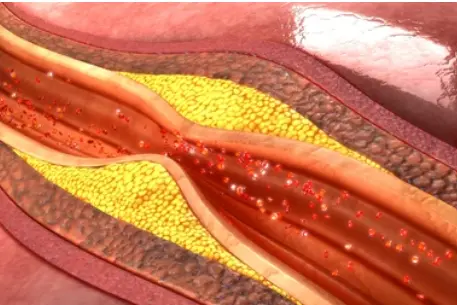 Welcome
Welcome
“May all be happy, may all be healed, may all be at peace and may no one ever suffer."
- A
- B
- C
- D
- E
- F
- G
- H
- I
- J
- K
- L
- M
- N
- O
- P
- Q
- R
- S
- T
- U
- V
- W
- X
- Y
- Z
Superficial dermatophyte infections and pityriasis Versicolor - Generics
Superficial dermatophyte infections and pityriasis versicolor are both skin conditions caused by different types of fungi.
Dermatophyte infections, also known as tinea infections, are caused by fungi that thrive on keratin, a protein found in the outer layers of skin, hair, and nails. The fungi can cause infections in various areas of the body, including the scalp, feet, groin, and nails. Common types of dermatophyte infections include athlete's foot, jock itch, and ringworm. Symptoms of dermatophyte infections can include redness, itching, scaling, and blisters.
Pityriasis versicolor, on the other hand, is caused by a yeast-like fungus called Malassezia furfur, which is naturally found on the skin. This fungus can overgrow in certain conditions, such as warm and humid weather or oily skin, and can cause patches of lighter or darker skin that can be scaly or itchy. Pityriasis versicolor typically affects the trunk, neck, and upper arms.
Both dermatophyte infections and pityriasis versicolor are typically treated with antifungal medications, such as topical creams, gels, or shampoos. In some cases, oral antifungal medications may be prescribed for more severe or widespread infections. It is important to maintain good hygiene practices, such as keeping the affected area clean and dry, to help prevent the spread of the infection.

Myxoedema coma

Gum disease

Protozoal infections

Gram-positive infection

Strabismus

Post-traumatic stress dis...

Pulmonary arterial hypert...

Trachoma
Superficial dermatophyte infections and pityriasis Versicolor, সুফেরিয়াল ডার্মাটোফাইট সংক্রমণ এবং পাইটিরিয়াসিস ভার্সিকোলার
To be happy, beautiful, healthy, wealthy, hale and long-lived stay with DM3S.